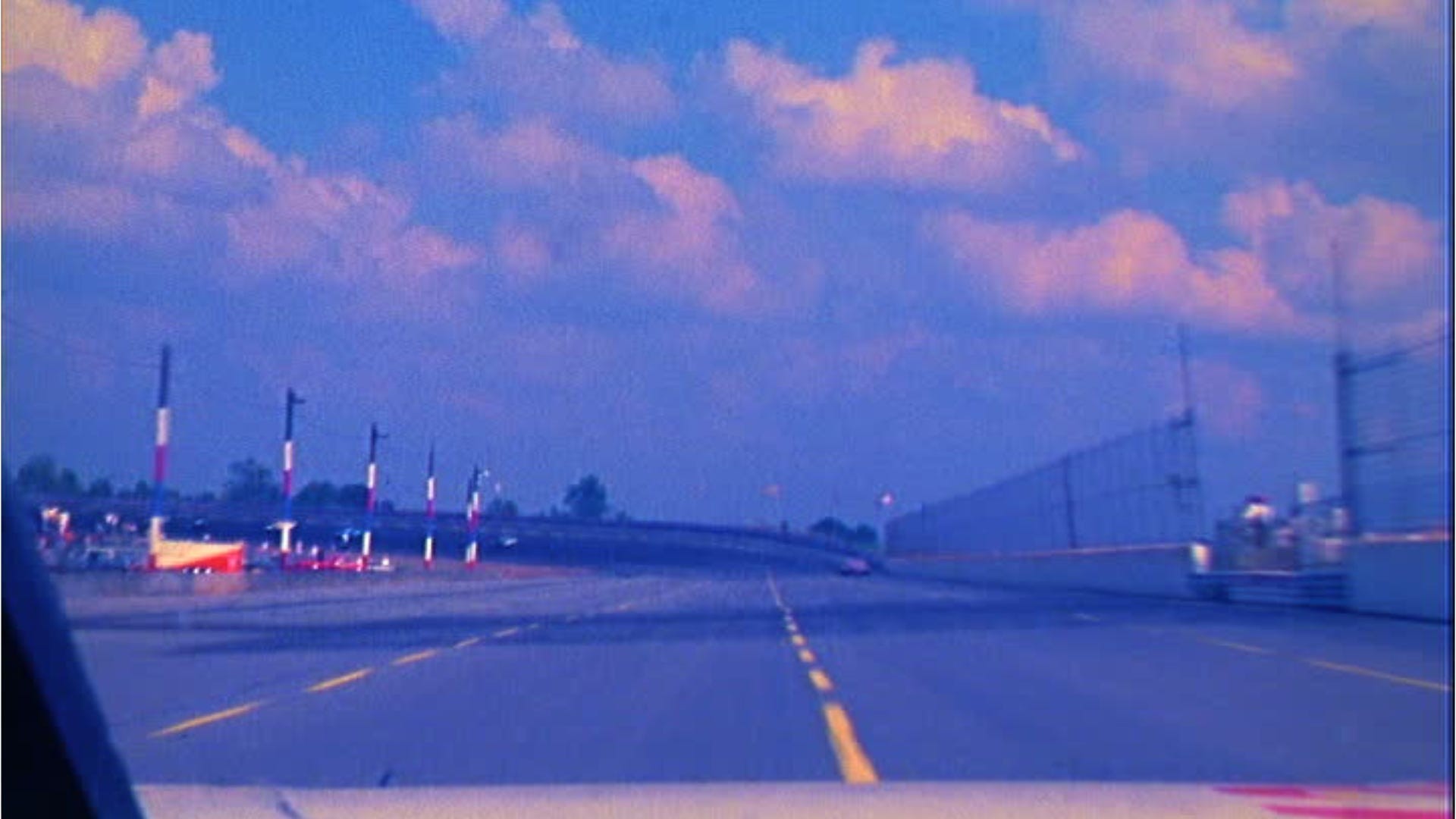The Daytona 500, NASCAR’s most prestigious and anticipated race, is just around the corner, signaling the start of the 2025 season. As fans gear up for the “Great American Race,” a common question arises: how many cars are actually in the Daytona 500? While the race is famous for its massive spectacle and thrilling competition, the field is actually limited. Let’s break down the entry list, qualifying process, and the magic number of cars that will ultimately compete for the coveted Harley J. Earl Trophy.
Daytona 500 Entry List Overview: Setting the Stage
Before the green flag waves, a preliminary entry list gives us a glimpse into who intends to compete in the Daytona 500. This initial list is a mix of NASCAR Cup Series regulars and open, non-charter entries vying for a coveted spot in the 40-car field. As of the latest updates, the entry list boasts a strong lineup of familiar names and teams ready to tackle the high banks of Daytona International Speedway.
The initial list includes a plethora of full-time drivers, representing established teams and manufacturers. Stars like Ross Chastain, Kyle Larson, Chase Elliott, and defending Cup champion Joey Logano are all expected to be in the mix. However, the Daytona 500 isn’t just about the established elite; it’s also a battleground for smaller teams and ambitious drivers seeking to make a name for themselves on motorsport’s grandest stage. This is where the “open” or non-charter entries come into play.
Currently, the preliminary entry list shows over 40 entries, indicating a healthy level of competition for the available spots. This number can fluctuate slightly as teams finalize their plans and driver lineups leading up to race week. However, understanding the qualifying format is crucial to grasping how this entry list is whittled down to the final starting grid.
Breaking Down the Numbers: Understanding the 40-Car Field
The Daytona 500 grid is famously capped at 40 cars. This fixed number ensures a balance of competition and manageability on the superspeedway. But how are these 40 spots determined from a potentially larger entry list? The answer lies in NASCAR’s unique qualifying system, which blends guaranteed entry with open competition.
Charter Teams: The Guaranteed Entries
A significant portion of the Daytona 500 field is comprised of charter teams. NASCAR’s charter system guarantees entry for 36 teams into every Cup Series race, including the Daytona 500. These charters are essentially franchises, providing stability and value to team owners. Therefore, 36 cars are effectively locked into the Daytona 500 grid based on their team charters.
Open Cars: Fighting for a Spot
This leaves only four remaining spots in the 40-car field open to “open” or non-charter entries. These are teams that do not possess a charter and must qualify their way into the race. This creates intense pressure and drama during Daytona 500 qualifying week, as several open teams often compete for these limited positions. Making the Daytona 500 as an open team is a significant achievement, showcasing resilience, skill, and often a bit of luck.
Daytona 500 Qualifying Process: Securing a Place on the Grid
The process of finalizing the 40-car Daytona 500 field is a multi-stage affair, unfolding throughout the week leading up to the race. It’s not just about speed; strategy and racecraft also play a role in securing a starting position.
Single-Car Qualifying: Setting the Front Row
The first step is single-car qualifying, typically held on the Wednesday before the race. This session determines the front row for the Daytona 500. The two fastest cars in qualifying, regardless of charter status, will lock down the coveted front row starting positions.
Importantly for open teams, the fastest two open cars in single-car qualifying are also guaranteed a spot in the Daytona 500, unless they further secure their place by being the highest-finishing open car in the Duel races (explained below). This provides an initial pathway for open teams to qualify based purely on speed.
The Duel Races: Determining the Rest of the Field
Thursday before the Daytona 500 features the Bluegreen Vacations Duels, two 150-mile qualifying races. These races are crucial for setting the starting order for the vast majority of the field, beyond the front row.
The first Duel race sets the inside lane starting order, while the second Duel determines the outside lane. The finishing order in these Duels, after the front row starters, dictates the starting grid positions. For example, the winner of Duel 1 starts third, the winner of Duel 2 starts fourth, and so on.
For open teams, the Duels offer another critical opportunity to qualify. The highest-finishing open car in each Duel race will automatically lock themselves into the Daytona 500. If an open car has already qualified through Wednesday’s single-car qualifying and becomes the highest finishing open car in a Duel, the next highest-finishing open car in that Duel will then qualify. This cascading effect ensures that two open cars from the Duels will make the race.
The Open Exemption Provisional (OEP)
In certain years, NASCAR may introduce a special provision like the Open Exemption Provisional (OEP). In 2025, Helio Castroneves and the No. 91 Trackhouse Racing team are eligible for this. The OEP can potentially add a 41st car to the Daytona 500 field under specific circumstances.
The OEP is designed to provide an additional pathway for a deserving open team to make the race if they fail to qualify through the standard methods. For 2025, Castroneves would only be added as the 41st car if he does not qualify on time or through the Duel races. This highlights that even with the OEP, qualifying through speed or race performance remains the primary objective.
Potential Entries and Final Field Size
While 40 cars is the standard field size for the Daytona 500, the possibility of a 41st car via the OEP exists in 2025. As the entry list finalizes and qualifying unfolds, we’ll get a definitive answer on the exact number of cars that will take the green flag.
Currently, with a preliminary entry list exceeding 40 cars, the competition for those remaining open spots is fierce. Teams are constantly working to secure sponsorships and finalize driver lineups, adding an element of uncertainty and excitement leading up to Daytona Speedweeks.
 Experience full laps inside a NASCAR race car during a 1970 race
Experience full laps inside a NASCAR race car during a 1970 race
Ultimately, 40 cars is the target number for the Daytona 500, a figure that balances the spectacle of a large field with the competitive integrity of NASCAR’s premier event. The qualifying process ensures that the 40 cars that earn their place on the grid are truly deserving of the opportunity to race for victory in the “Great American Race.”
